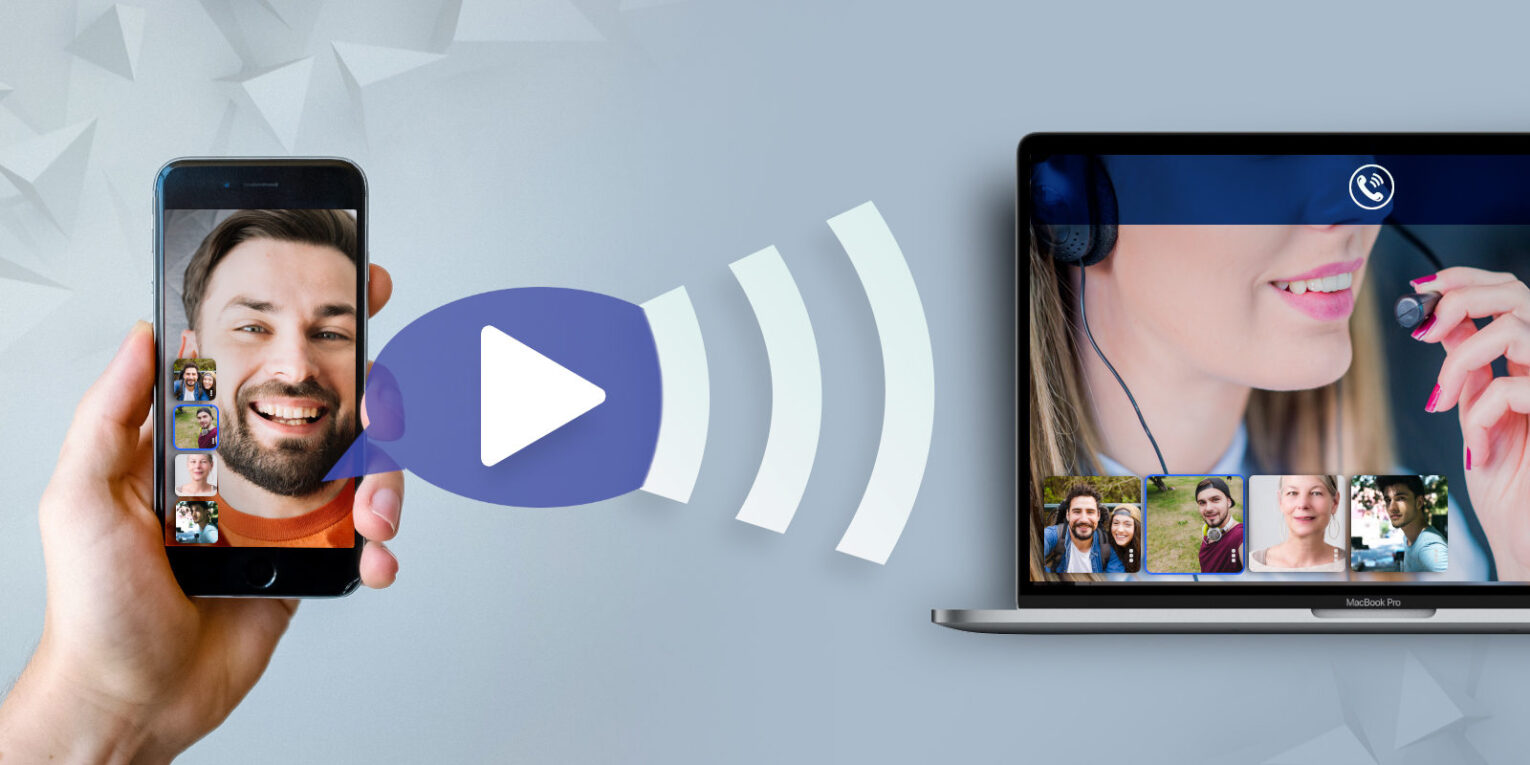History and Evolution of Video Streaming
The concept of video streaming has evolved a lot over the past few decades. In the early days of the internet in the late 1980s and 1990s, video was still in its infancy in terms of online consumption. The internet speeds were slow and video files were often too large to stream smoothly. One of the earliest streaming platforms was RealPlayer, launched in 1995. It allowed users to stream low-quality video over the internet. However, buffering was still a major issue.
In the 2000s, improvements in broadband internet speeds made video streaming more feasible. Platforms like YouTube, launched in 2005, made it possible for anyone to easily upload and stream video online. The popularity of YouTube signified a shift towards user-generated content online. Live video streaming also emerged during this time through platforms like Justin.tv (later renamed Twitch). By the late 2000s, video streaming had truly taken off with the rise of Netflix launched its video streaming service in 2007.
Types and Features of Video Streaming Software
There are different types of Video Streaming Software available based on their intended uses and features. Here are some of the popular types:
Broadcasting Software
Software like Streamlabs OBS, vMix and Wirecast are designed for live broadcasting of video content to platforms such as YouTube, Twitch and Facebook Live. They offer features like multiple video and audio inputs, streaming presets, overlays, recordings etc. These are used by gamers, vloggers and online presenters for live broadcasting.
Enterprise Streaming Software
Platforms like Brightcove, Kaltura and Wowza are meant for large enterprises to deliver video content within organizations or to external audiences. They offer video management, analytics, custom branding, user authentication and access control features on a larger scale.
Video Conferencing Software
Zoom, Microsoft Teams, Google Meet, Cisco Webex etc are communication software that allows video conferencing and collaboration between multiple participants. They are being widely used for remote working, online classes and virtual events during the pandemic.
Social Media Live Streaming Apps
Instagram, Facebook, YouTube and LinkedIn also offer live streaming features within their platforms through mobile apps. They are best suited for streaming directly to respective social networks on-the-go using smartphones.
Features of Effective Video Streaming Software
Regardless of the intended use, there are certain core features that make video streaming software effective:
Smooth Streaming Capabilities: Reliable encoding and delivery of video streams in multiple formats and resolutions for compatibility across devices and networks.
Live Streaming: Allow real-time broadcasting of video content with features like overlays, audience interaction tools etc.
Video Management: Upload, organize, schedule and distribute large video libraries with metadata and access settings.
Analytics & Insights: Detailed reports on viewership, engagement, traffic sources and other metrics to understand performance.
Customization Options: Flexibility to add/edit graphics, playlists, monetization settings as per business or personal needs.
Device Support: Compatibility across desktops, mobile apps and platforms like Roku, Apple TV, gaming consoles etc.
Integrations: Connect with major platforms like YouTube, Facebook, LinkedIn, mailing lists etc for wider reach.
Collaboration Tools: Features like live chat, co-hosting, remote production for interactive experiences.
Security & Privacy: Authentication, access control, encryption and backup options for safety of content and data.
Pricing Models
Video streaming software comes in a variety of pricing models depending on requirements and budgets:
Free Plans: Services like YouTube and Instagram offer basic live streaming features free of cost for individual creators and small businesses. However, they come with limited storage and have ads.
Freemium Models: Platforms provide free basic plans and premium paid tiers with more advanced tools and customization options. Examples are Streamlabs, Wirecast, Vimeo etc.
Subscription Plans: Monthly or annual recurring subscription fees are charged depending on number of users, concurrent streams, storage needs etc. Examples are Kaltura, Brightcove, Wowza Streaming Cloud, Zoom etc.
Perpetual Licenses: One-time purchase of software licenses without recurring costs though user doesn’t get new upgrades. Only suitable for low volume users.
Cloud Hosting: Software sold as hosted cloud services on pay-as-you-go models without upfront costs. Popular option for enterprises with easy setup and scalability. Examples are Vimeo Enterprise, Panopto, Cloudbuilders CDN etc.
*Note:
1. Source: Coherent Market Insights, Public sources, Desk research
2. We have leveraged AI tools to mine information and compile it

